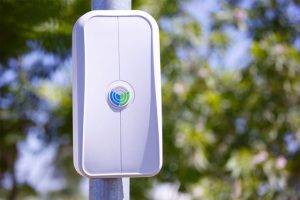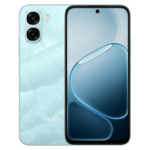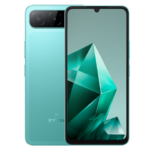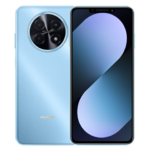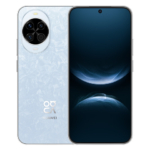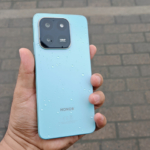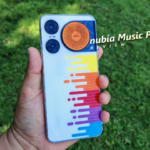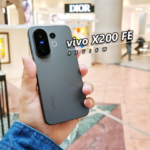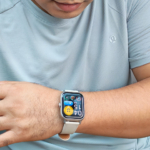Facebook has been pouring efforts to expand the reach of the internet to remote areas of the world. Their newest project is OpenCellular.
It’s a device roughly the size of a shoe box that can provide 2G, 3G, 4G LTE and Wi-Fi networks in a small community. It’s essentially a mini cell site!
OpenCellular can be attached to a lamp pole or tree even by a single person. The design is simple enough but can withstand extreme temperatures and typhoons.
To work, it needs to be connected to a power supply and a backhaul network access. The latter means the device itself should be connected to the internet and a cellular network in order to provide connectivity to its users. This can be done through a single wired connection to the nearest area with internet and cellular coverage or wirelessly through drones and satellites.
Nevertheless, it will still function even without a backhaul connection. Users will be able to send and receive text messages and make voice calls with each other, just not with the outside world.
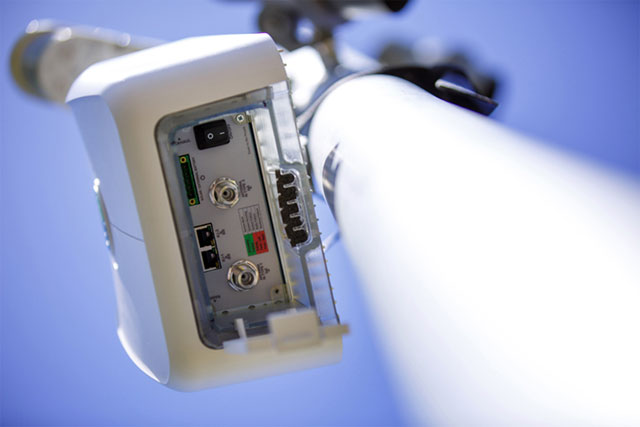 |
| OpenCellular has several ports for power, antenna and data connection. |
Facebook is still testing OpenCellular in their labs. They were able to send and receive text messages and voice calls.
The company will open source the software of the device as well as its physical design. Hence, different manufacturers can build it all by themselves. Telcos are even welcome to build the device so that they can expand their coverage.
By expanding the reach of the internet to remote areas of the world, Facebook will gain new users. That’s the end game.
